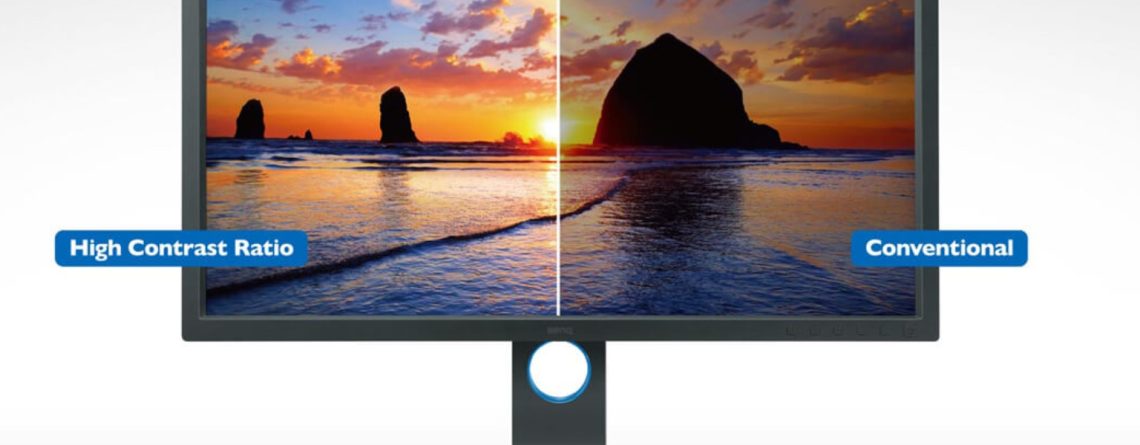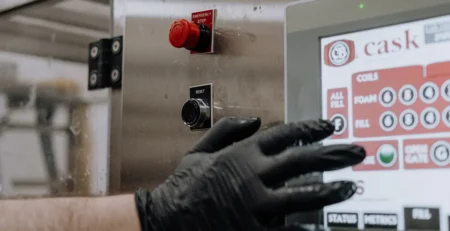In the image of the LCD display, we usually see the brightest part and the darkest part. The contrast is the ratio of the brightness of the brightest area to the brightness of the darkest area in an image. The main contrast parameters of the LCD display are There are two types, one is the typical value and the other is the maximum value. The maximum value is often an instantaneous value and is not representative. Only the typical value has reference value.
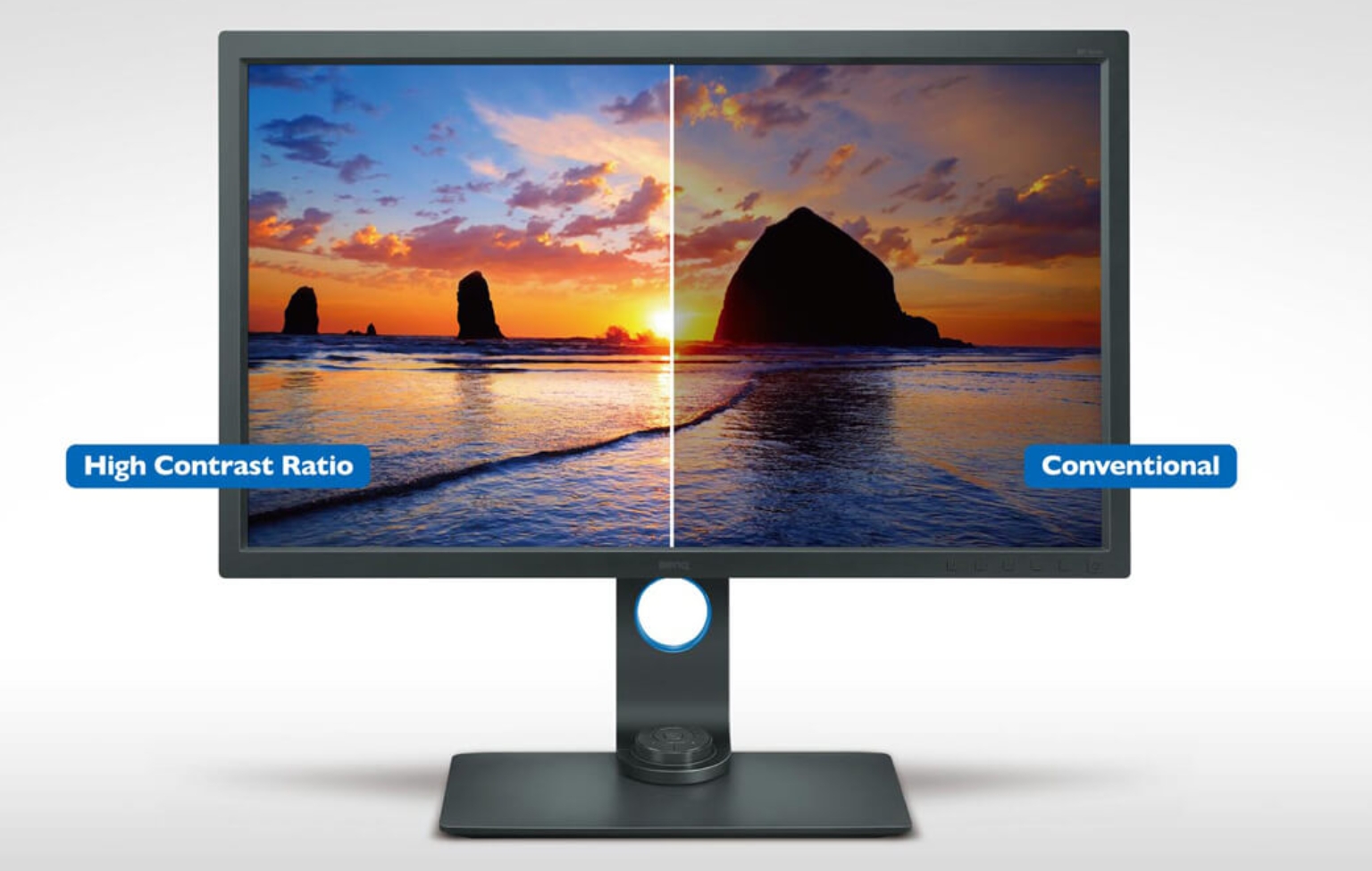
The 1000:1 and 3000:1 we often see when buying monitors refer to the ratio of maximum brightness to minimum brightness. The contrast of the LCD screen plays a key role in the LCD screen. If the contrast is too low, it will be difficult to see the display clearly. The higher the contrast, the clearer the light and dark levels of the image displayed on our monitor, with more dark and bright details, and more vivid colors.
Static contrast, that is, typical contrast, refers to the ratio between the brightness of the brightest area and the brightness of the lowest area in the same picture with the same brightness setting (such as 50%, 90% brightness, etc.), and this ratio is generally Between 700:1~400:1. In the case of light leakage, the LCD display. The black is not pure black, but gray, which means that the black color of the LCD monitor has a certain height. Assume that the minimum height of this monitor is 0.4nit and the maximum area is 400nt. At this time, its static contrast is
400/0.4=1000:1
When choosing an industrial display, the level of contrast may affect the readability and detail presentation of images, especially in environments with complex lighting conditions. For example, in strong light or dark environments, higher contrast can help better identify details in the image. Therefore, choosing different panels will also bring about differences in contrast. Currently, the contrast ratios of common monitor panels are: VA panel: a contrast ratio of approximately 3000:1, IPS panel: a contrast ratio of approximately 1000:1, and TN panel: a contrast ratio of approximately 700:1.
Let’s take a look at the differences between these three panels.
TN (Twisted Nematic): TN panels usually have higher contrast, but their color performance and viewing angles are poor. Suitable for applications with low color requirements and fast response.
IPS (In-Plane Switching): IPS panels offer better viewing angles and color accuracy, but their contrast is generally not as good as VA panels. The contrast ratio of IPS panels is generally between 700:1 and 1200:1.
VA (Vertical Alignment): VA panels perform well in terms of contrast, providing deeper blacks and higher contrast, generally between 2000:1 and 6000:1. It’s suitable for applications requiring high contrast and deep blacks, but its response time and viewing angles may be poor.
In general, the contrast ratio of industrial displays will be higher than that of ordinary consumer displays, adapting to display needs in various harsh environments. When choosing an industrial display, in addition to contrast, you also need to consider panel selection. Of course, for long-term considerations, other parameters such as resolution, brightness, durability, and viewing angles also need to be considered to ensure that the requirements of specific applications are met.
Golden Margins –Entire Range of Touchscreen Products
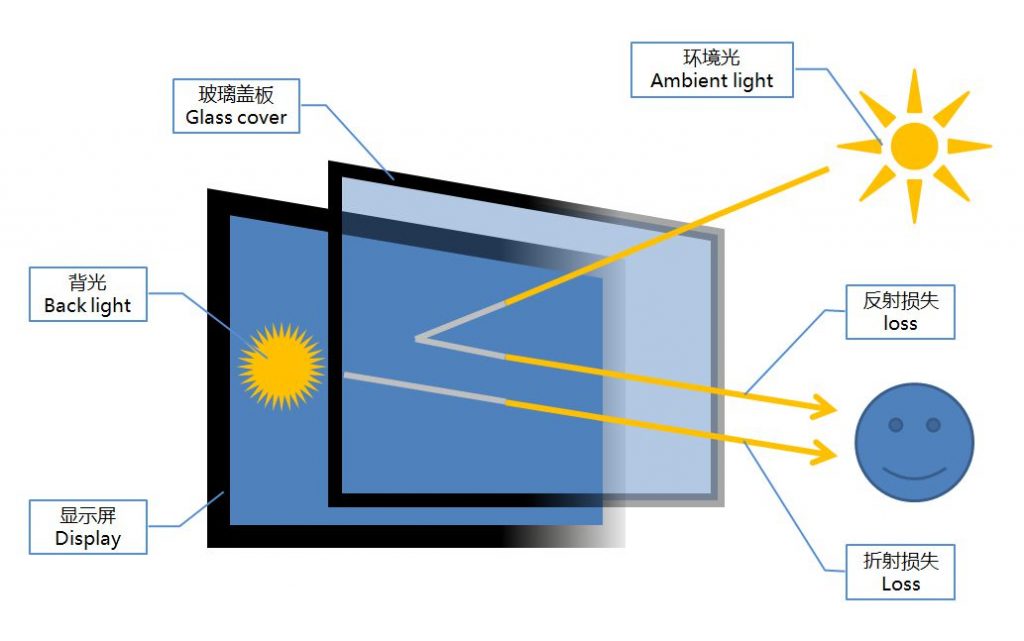
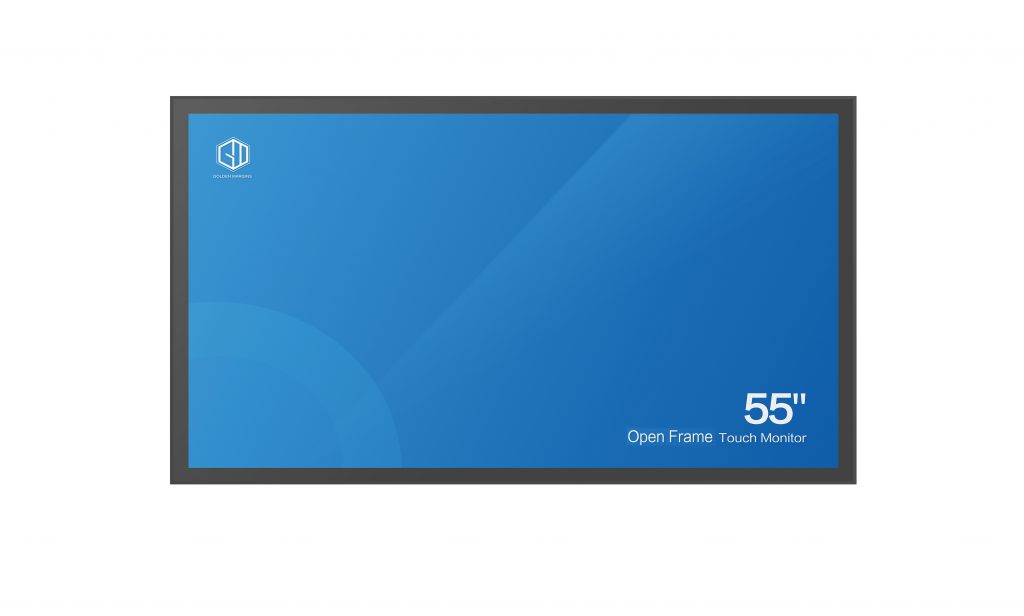
We hope you found these touchscreen or panel PC fundamentals informative. Goldenmargins offers a broad selection of Industrial Touchscreen Monitors and Touch Panel PCs in various sizes and configurations, including medical touch screens, sunlight-readable touch screens, open-frame touch screens, and waterproof touch panels, as well as other unique touch screen or panel PC designs. You can learn more about our services HERE or by calling us at +86 755 23191996 or sales@goldenmargins.com


